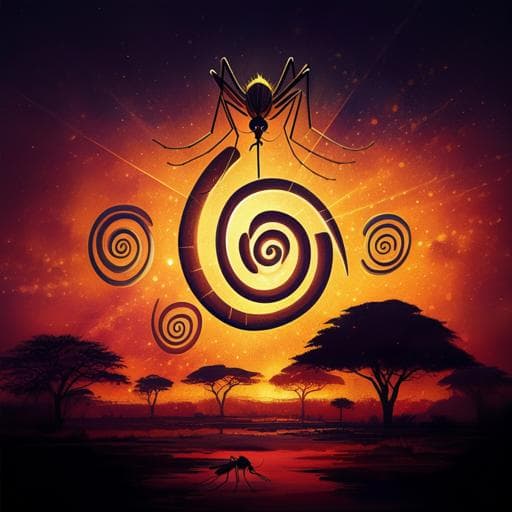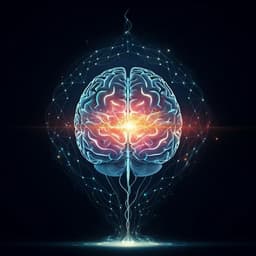
Interdisciplinary Studies
A multi-disciplinary approach for building a common understanding of genetic engineering for malaria control in Burkina Faso
L. P. Toe, N. Barry, et al.
This research delves into the collaboration between scientists and local communities in Burkina Faso, fostering mutual understanding of genetic technologies aimed at malaria elimination. Conducted by authors from the Institut de Recherche en Sciences de la Santé and Imperial College London, the study emphasizes the co-construction of scientific concepts through community feedback.
~3 min • Beginner • English
Related Publications
Explore these studies to deepen your understanding of the subject.







